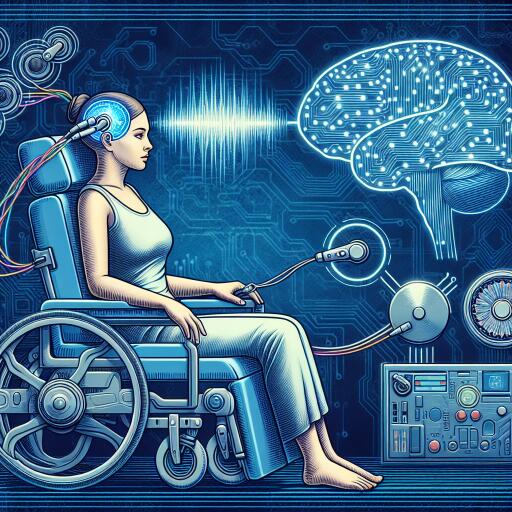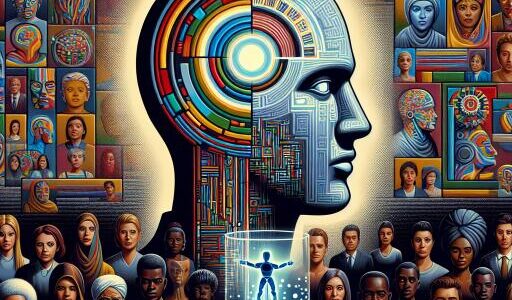AI Brain Implant Turns Paralysed Woman’s Thoughts into Speech
A groundbreaking development in artificial intelligence and neuroscience has made it possible to transform a paralysed woman’s thoughts into speech almost instantaneously. This remarkable achievement was reported by US researchers, showing the potential of AI-driven brain implants to restore communication abilities for individuals who have lost their voice due to paralysis. This promising news comes via APA, citing details from the AFP.
While still in the experimental phase, these brain-computer interfaces (BCIs) are creating waves of hope for the future of communication technology. Notably, for individuals who have suffered from debilitating conditions that impair their ability to communicate, these advancements could offer a new lease on life by bridging the gap between thought and verbal expression.
The research team, based in California, has been at the forefront of this innovative research. They have been working with Ann, a 47-year-old woman who has quadriplegia, to decipher her thoughts and convert them into spoken words through a BCI. This cutting-edge technology aims to capture the electrical signals in her brain associated with speech and translate them directly into a computer-generated voice.
In their previous experiments, the researchers successfully decoded Ann’s thoughts and translated them into speech. However, there was a significant time lag of eight seconds between Ann’s intended words and the computer’s vocalization. This delay made it difficult to maintain the fluidity of a natural conversation, presenting a significant challenge for real-time communication.
In a momentous development presented in the journal Nature Neuroscience, the research team unveiled an improved model. This new version can convert Ann’s thoughts into speech in lightning-fast 80-millisecond increments. The result is a nearly immediate transformation from thought to spoken voice, closely resembling Ann’s own pre-paralysis speech.
This breakthrough opens an exciting avenue for communication technology, significantly enhancing the speed and accuracy with which BCIs can interpret and express thoughts. By minimizing the latency between thought and speech, individuals like Ann could experience a communication process that more closely mirrors natural speech patterns, enabling them to engage more fully in conversations.
The potential applications for this technology extend beyond personal communication. It holds promise for various fields, including medical rehabilitation, assistive technologies, and even human-computer interactions. As these BCIs continue to evolve, they may offer new possibilities for individuals with various forms of communication impairments, providing them with a vital tool to interact with the world around them. This advancement reflects the profound impact of interdisciplinary research, combining neuroscience, engineering, and artificial intelligence to overcome complex challenges faced by individuals with disabilities.
While further research and validation are required before these devices can become widely available, the progress showcased by the California-based team marks a significant step forward. The potential for BCIs to restore voices to those who have lost them represents not only a technical triumph but also a profound advancement in restoring aspects of human dignity and interaction.
As we look to the future, the continued development of AI-driven BCIs will likely entail refining their accuracy, reducing their physical invasiveness, and enhancing their accessibility. This ongoing research underscores the transformative power of technology in its capacity to improve lives, offering a glimpse into a future where the gap between human thought and expression is seamlessly bridged.
This technological evolution stands as a testament to human ingenuity and persistence in pushing the boundaries to create a world where no voice is left unheard. It highlights the critical intersection of technology and humanity, as researchers work tirelessly to develop solutions that address real-world challenges faced by individuals around the globe.










